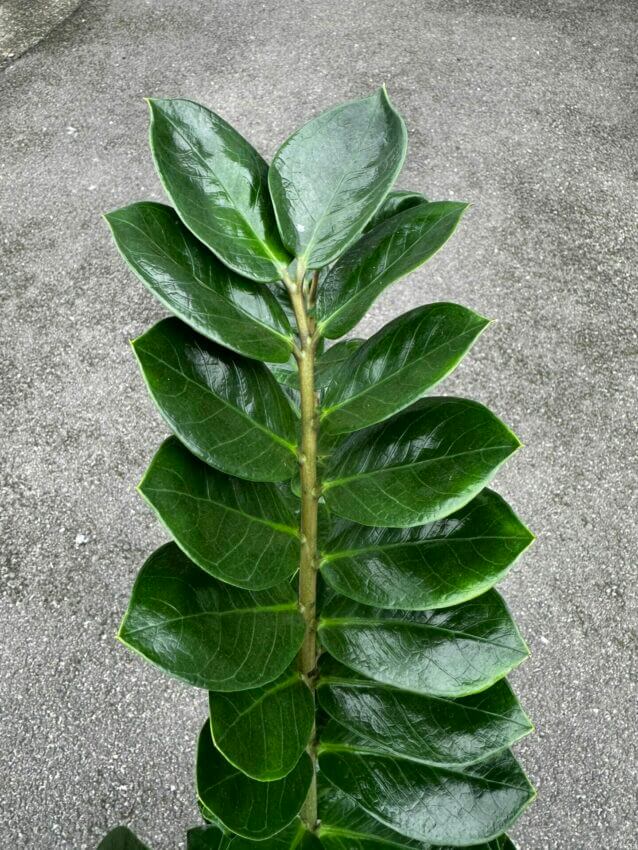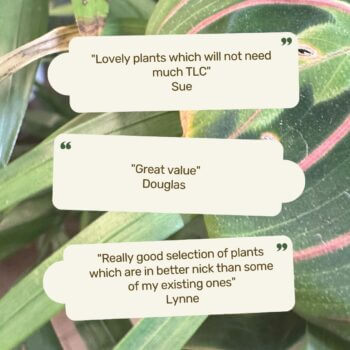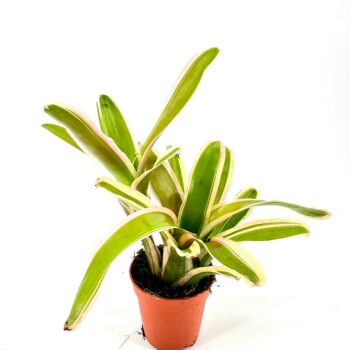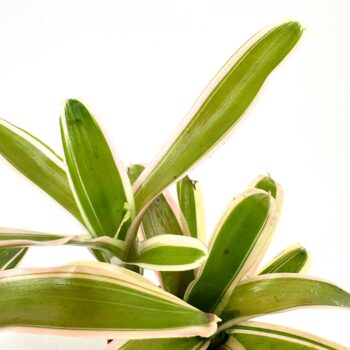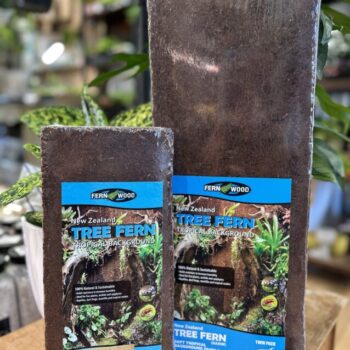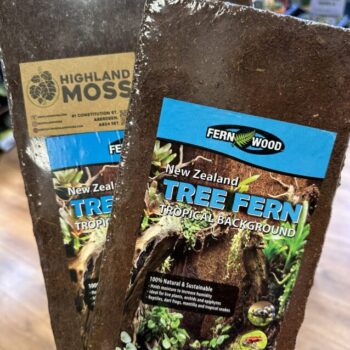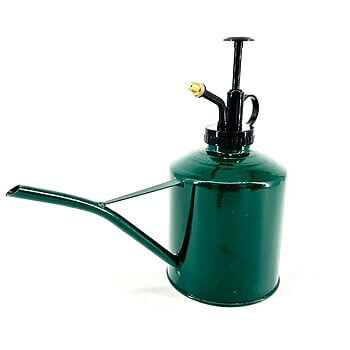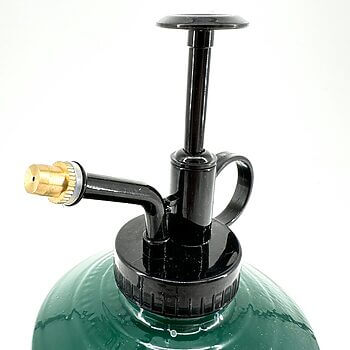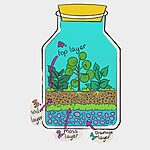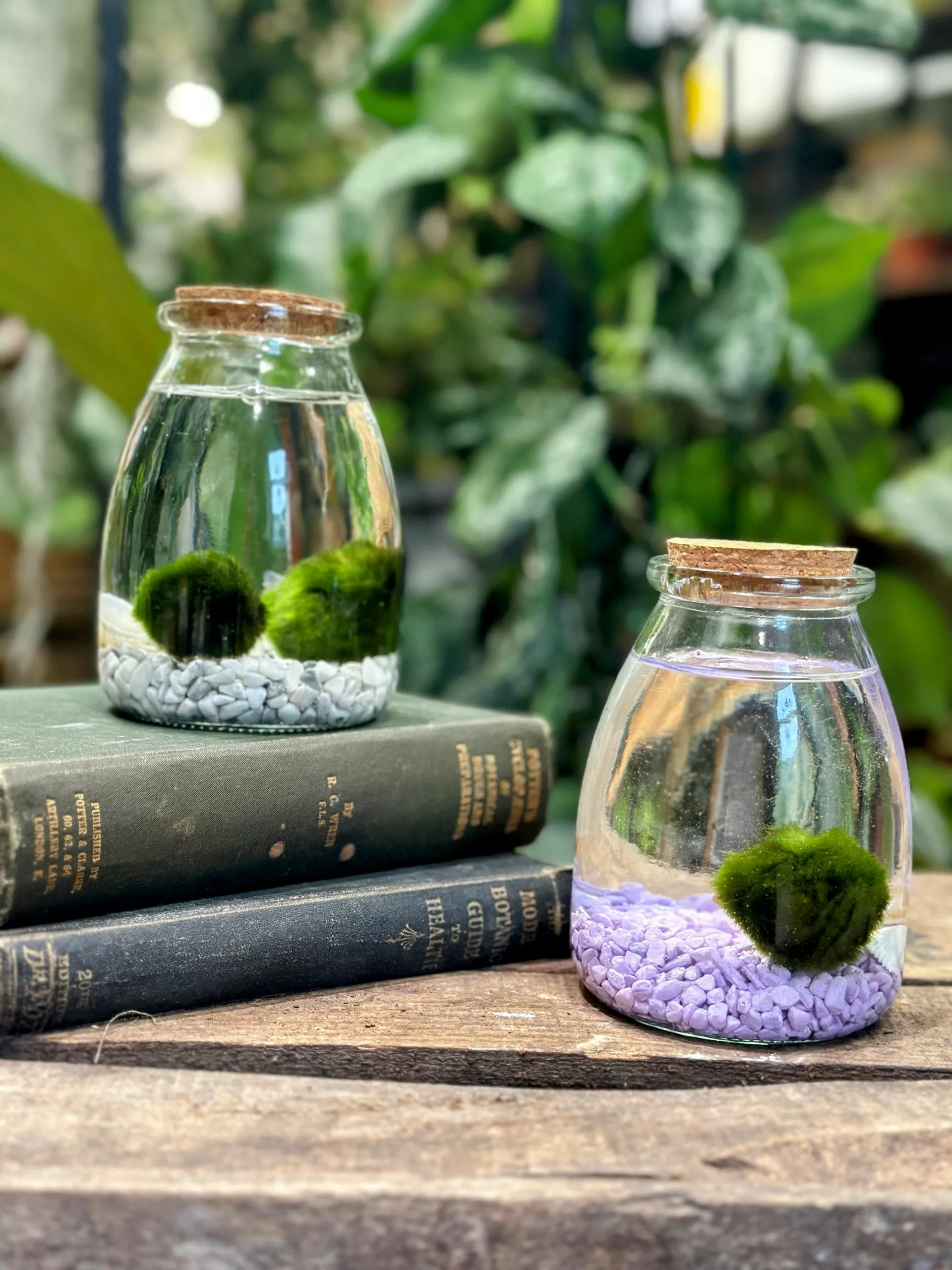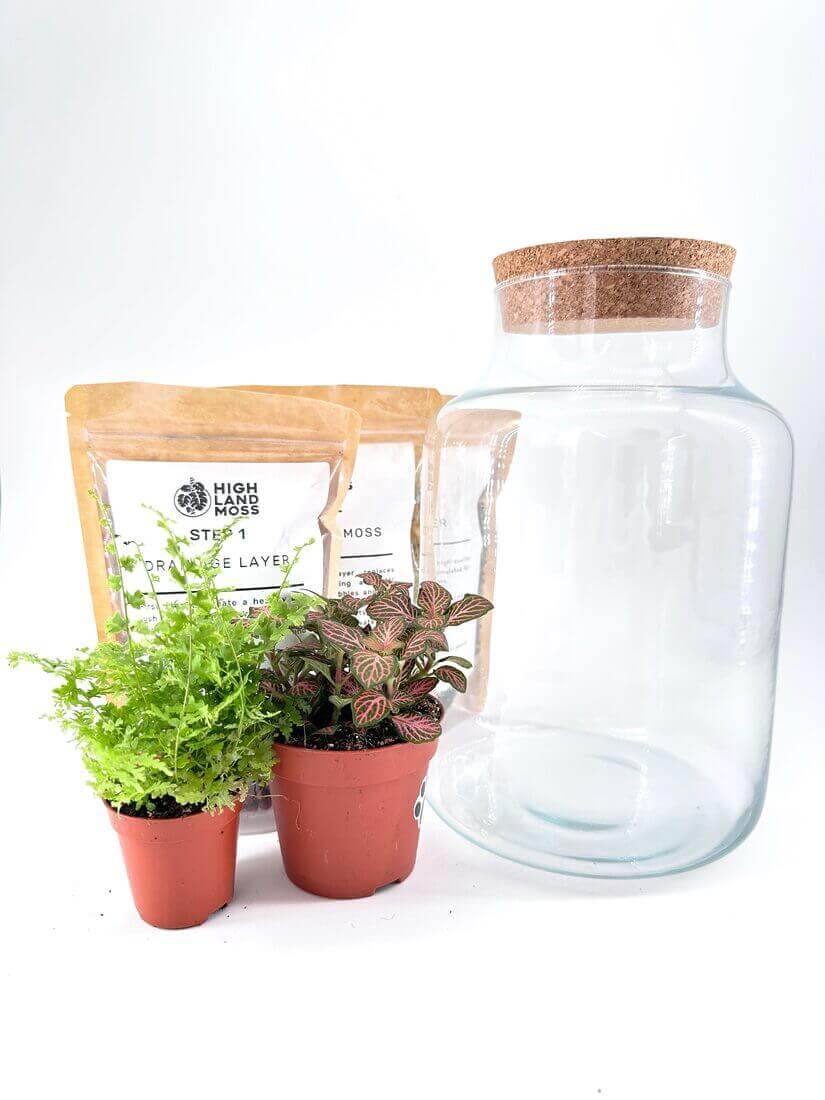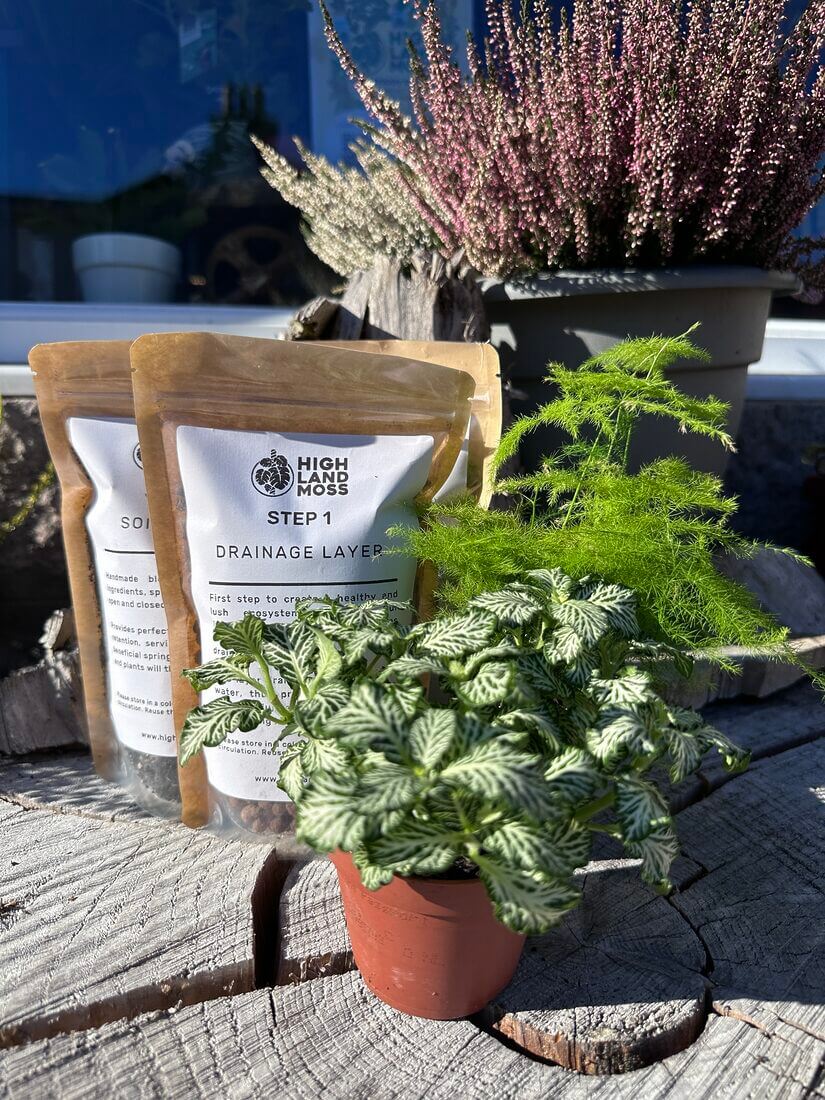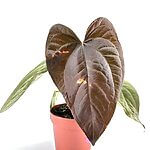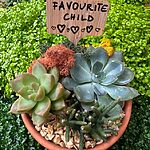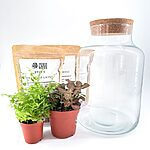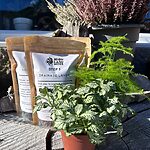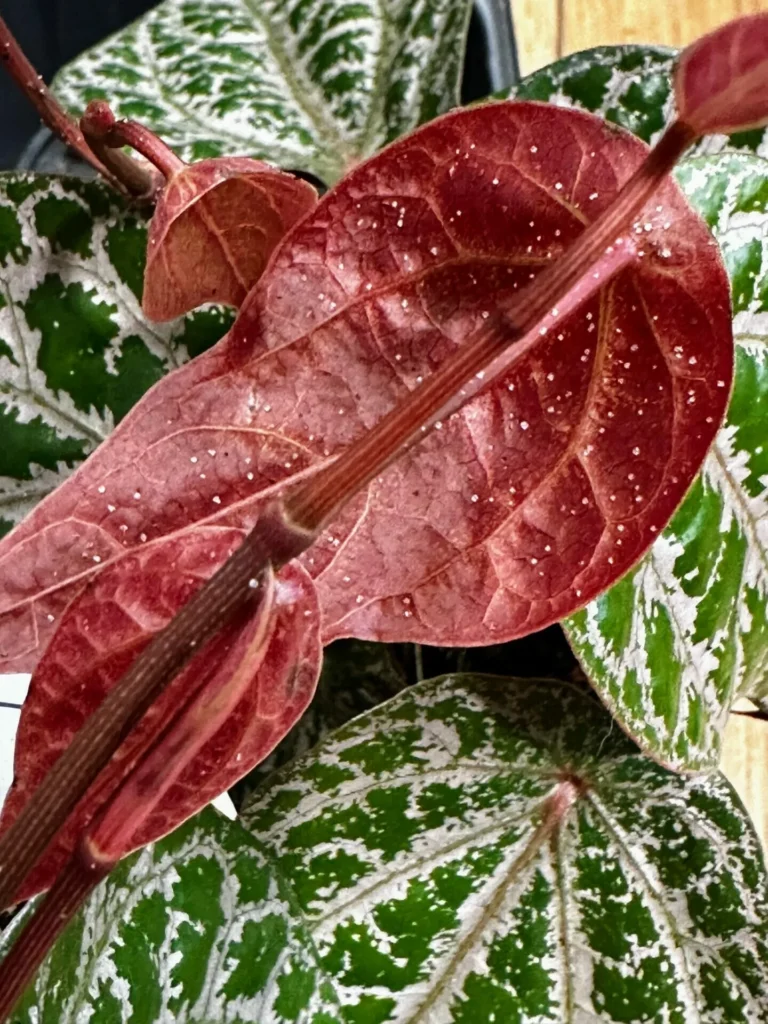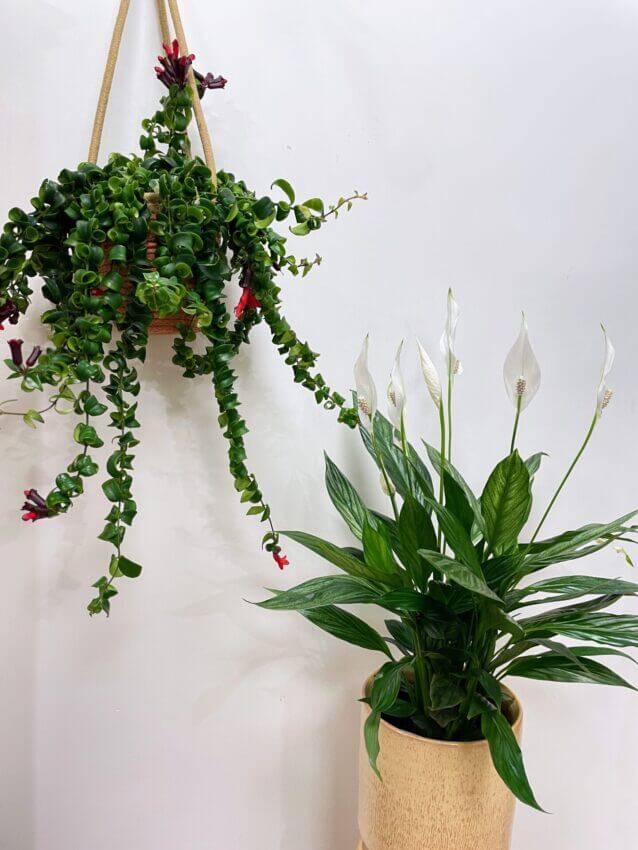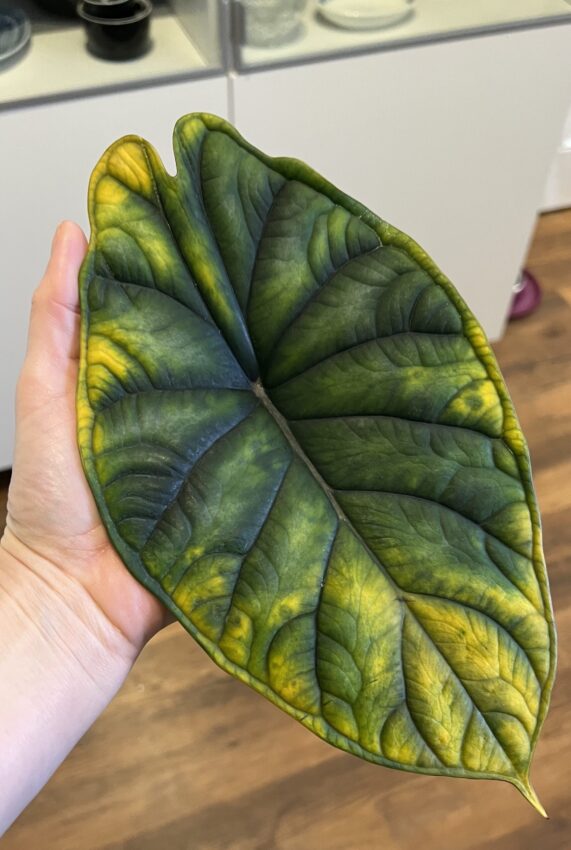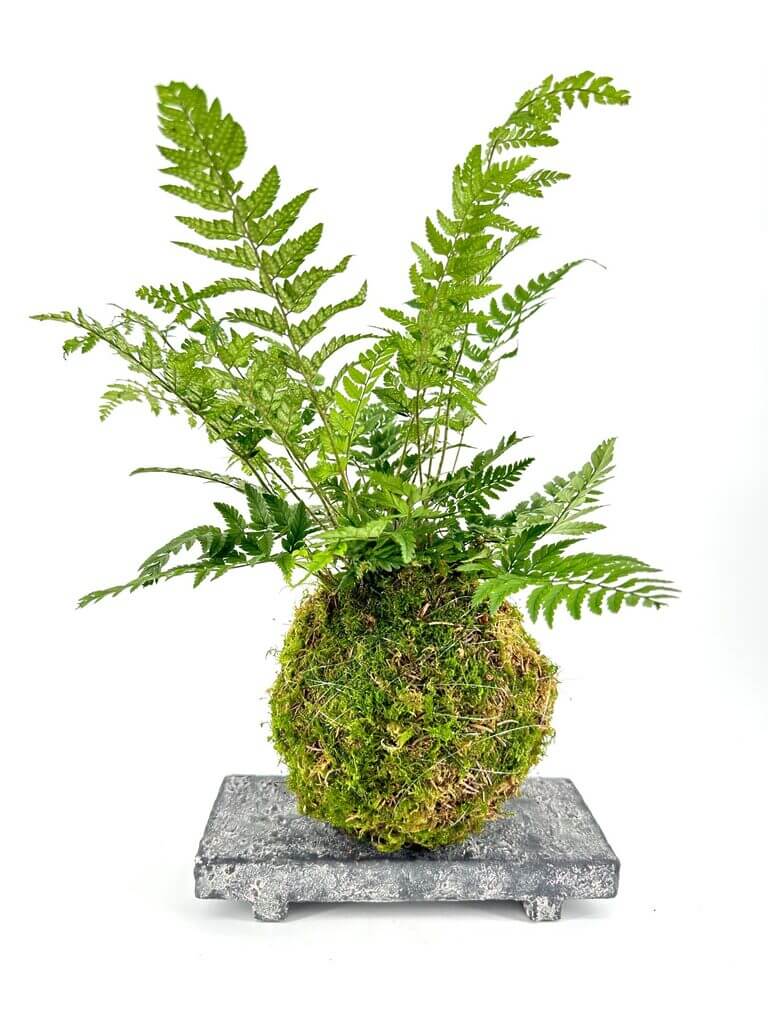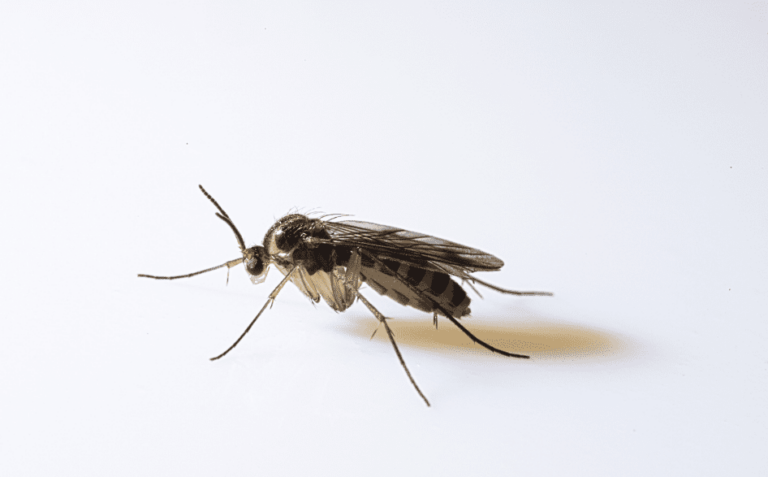
To admit your plant into the plant hospital, please tell us about your plant in the following form.
Please note that answers to many of your concerns can be found in our care guides and articles, which cover common issues and solutions. We encourage you to check these resources to learn more about your plant.
Mossbot is here to provide you with guidance for your plant problems. It is always learning but has proven to make great suggestions. Speak to Mossbot naturally but try to give clear, accurate information to get the best results.
All you need to know about Monstera Thai Constellation before buying! How to look after the plant, if variegation will revert and why is growing slowly. We will answer all those questions in this article.
What is variegation?
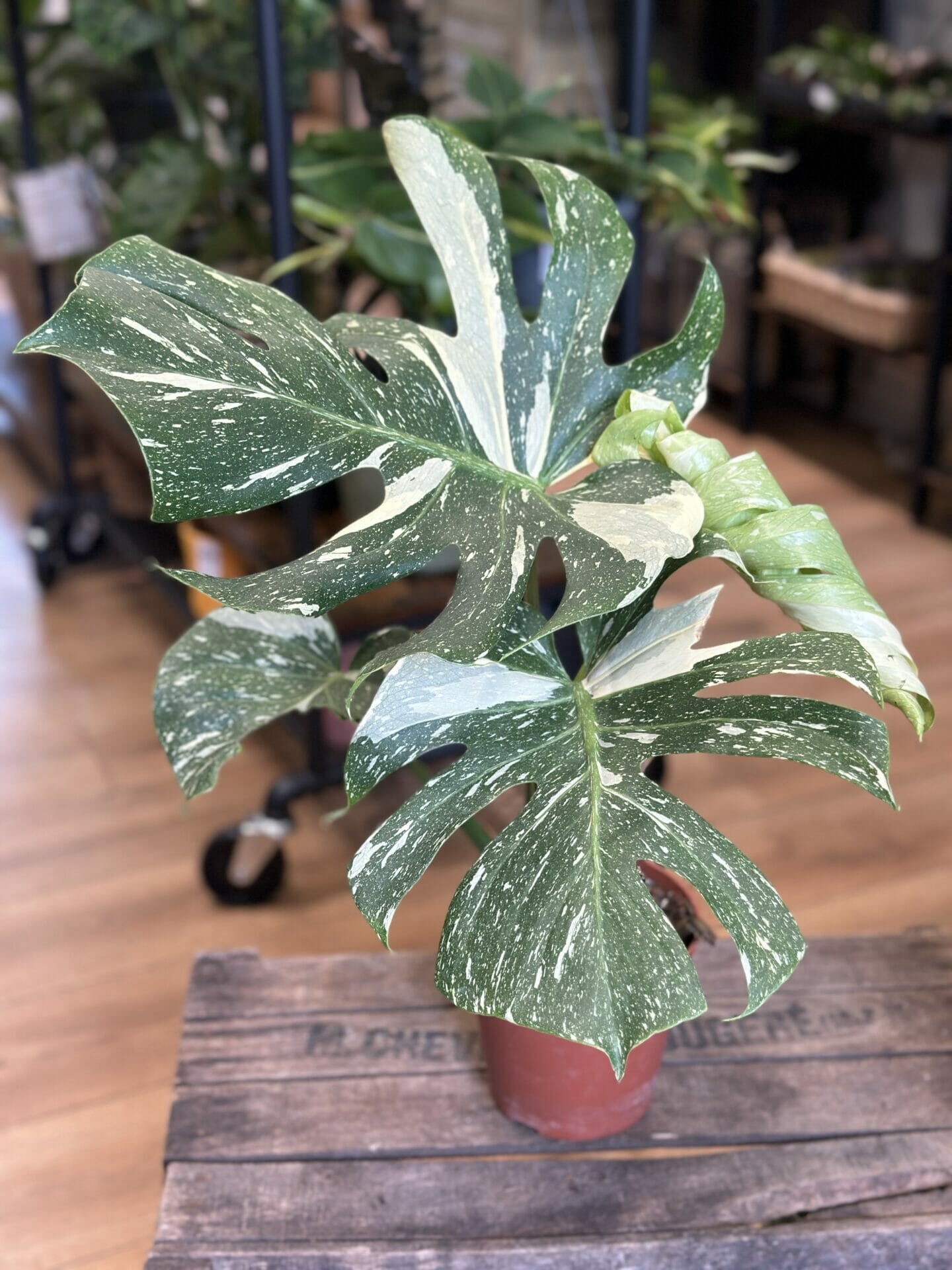
Variegation is the occurrence of distinct patterns or patches of colour on plant leaves, deviating from the standard green pigment produced by chlorophyll. The variegation occurs when certain cells in a plant lack chlorophyll. Chlorophyll is what gives plants their green colour and is responsible for photosynthesis (the process of producing energy by the plant), which is essential for the plant to grow big and healthy. It’s resulting in unique patterns of white, cream, pink, light green, or yellow on the leaves. However, not all variegation is created equal. Some types are stable, while others may revert back to green like for example Philodendron Pink Princess or Monstera Albo.
Stable Variegation of Thai Constellation
Thai Constellation has been created by a genetic mutation that affects the plant’s meristem cells responsible for growth and development. This mutation ensures that new growth on the plant also displays the same variegation, making it consistent. This means that all propagated plants inherit the stable variegation from the parent plant, maintaining its consistent appearance. The side effect of the stable variegation is slower growth of Monstera Thai, a reduced level of chlorophyll content impact on the speed of growth and the plant needs more time to push new leaves in order to maintain the variegation. Monstera Thai Constellation’s variegation is stable and will not revert back to just all green leaves. But, as with any plant, there are a few things to keep in mind to ensure that your plant remains healthy, happy and will grow as fast as possible.
How to Look After Monstera Thai Constellation
To make sure your Thai Constellation is happy, you need to be giving it enough sunlight. Variegated plants require more light than their green versions because they have less chlorophyll to produce energy. It’s very important to remember that too much light, especially direct sunlight during spring and summer scorches the leaves, so it’s important to find a good balance. A bright, indirect light is ideal for the Monstera Thai Constellation’s variegation. Secondly, make sure that you’re not overwatering your Monstera. Variegated plants have a lower chlorophyll content, which means they have a slower rate of photosynthesis and will need a little bit less water. Overwatering can lead to root rot, which Monstera Thai Constellation is known for and can be fatal. Use good quality potting mix suitable for monster plants and adjust watering based on temperatures and sunlight level.
How to Encourage Monstera to Grow Faster
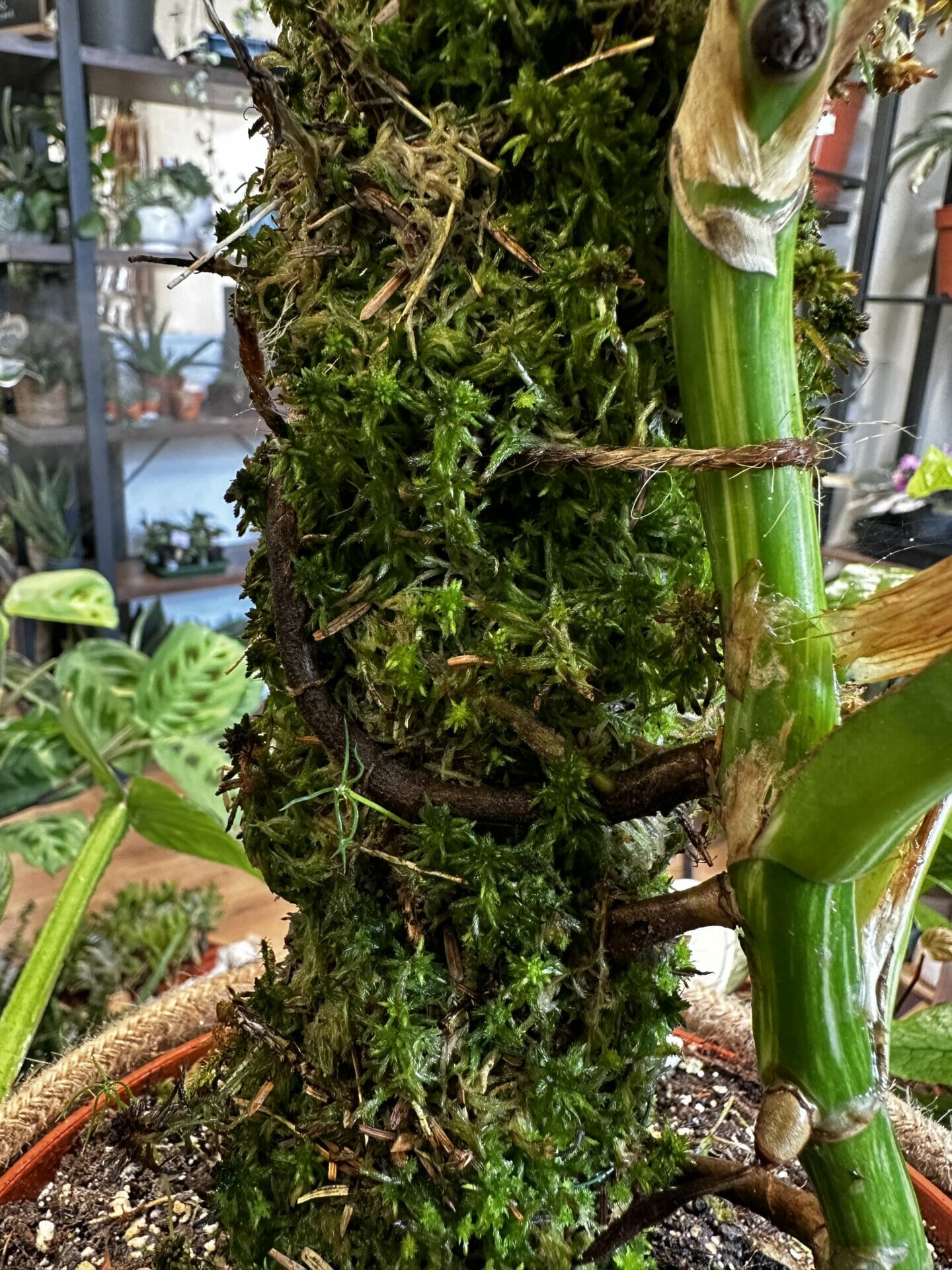
Although Monstera Thai Constellation may not be the fastest-growing plant in your collection, the process can be accelerated by providing a fresh sphagnum moss pole. This technique mimics the plant’s natural environment and encourages more rapid growth.
By introducing a sphagnum moss pole, the Monstera Thai Constellation is provided with a supportive structure that allows it to utilize its aerial roots for climbing. As the plant climbs and attaches its roots to the soft structure of the moss pole, it gains stability and access to additional humidity. This process promotes faster growth and encourages the development of larger leaves with improved fenestrations (holes in leaves).
Sphagnum moss allows the roots to grow into the moss, providing the perfect balance of moisture and humidity. The moss retains moisture while allowing for proper aeration, creating an ideal microclimate for the plant’s growth. This would not happen with regular coco coir moss poles or bamboo sticks.
By incorporating a sphagnum moss pole into the care routine of the Monstera Thai Constellation, you can enhance plants’ growth rate. This method allows the plant to thrive by closely emulating its natural habitat, providing the necessary support and conditions for accelerated growth and foliage development.
It’s also important to provide a suitable potting mix, Thai Constellation will thrive in a chunky and fluffy mix which helps with air and water retention, prevents root rot and encourage healthy growth
Conclusion
One of the advantages of the Monstera Thai Constellation is its stable variegation. Unlike some variegated plants like Monstera Albo that may revert to solid green or white leaves, this variety maintains its beautiful cream patterns consistently. You can enjoy the stunning variegation of the Thai Constellation without worrying about it reverting back to a different colouration.
By providing bright light, a sphagnum moss pole and a suitable growing medium you can create optimal conditions for the Monstera Thai Constellation to thrive and speed up little bit process of growing this slightly slower-growing plant.



